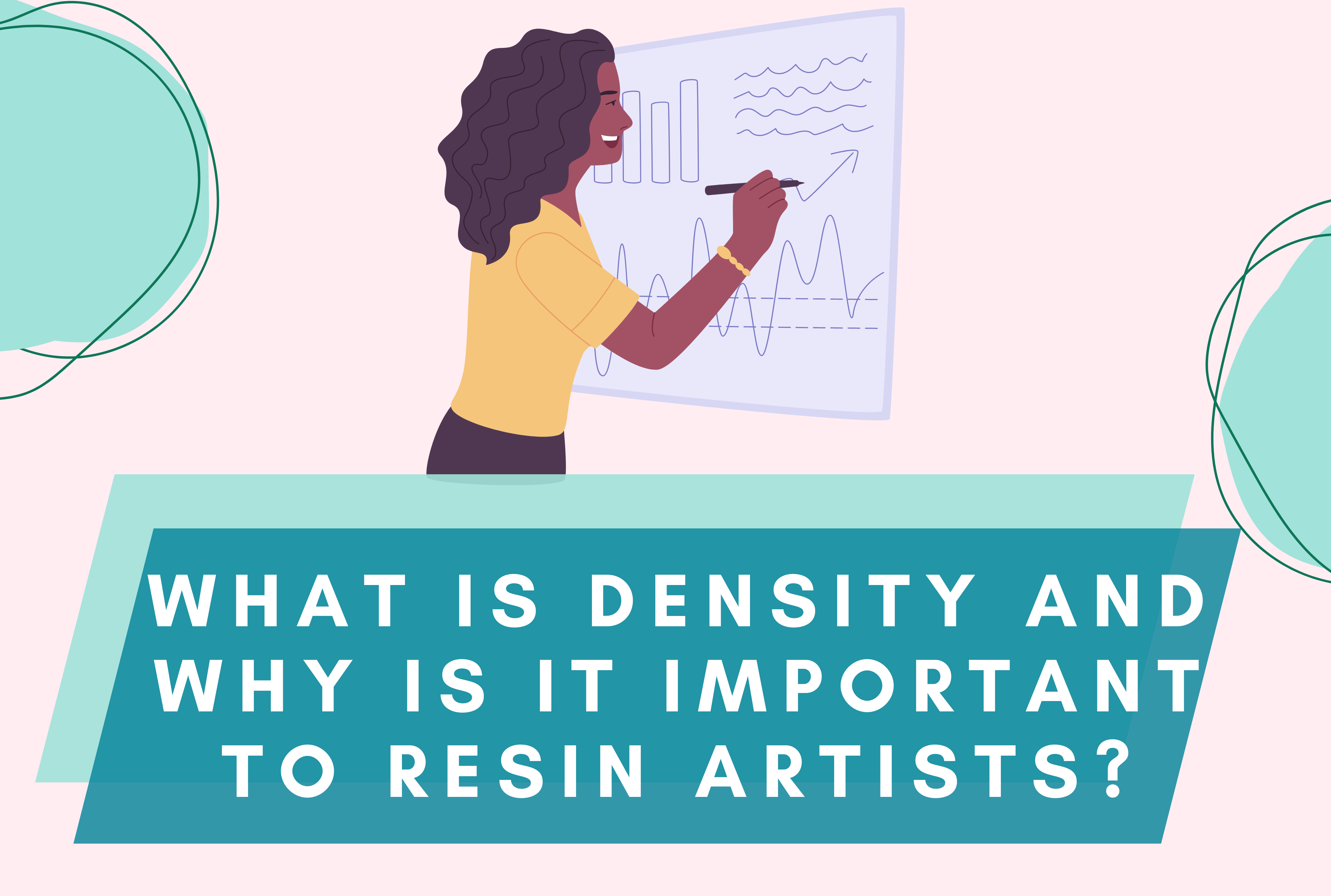2:1 and 3:1 resin have the same basic chemistry.
All resins have two components right, a base and a catalyst. 2 or 3 is the base, and the 1 is the catalyst.
The higher the ratio of catalyst, the faster the resin will cure. This means you can demould faster, and have to wait less after mixing. But it also means tougher bubble release because of intial viscosity plus quicker gelling time. And a higher amount of heat generated.
And the reason 2:1 degrades moulds faster is the more aggressive curing creates more by products in a shorter time that affect the mould surface greater.
So 2:1 resins are a bad idea for very thick coats. The heat will get trapped and quickly end mould life. They are better for topcoats and thinner articles like keychains, some jewellery etc where u need a quick turnaround time. And petri where you need more viscosity for a better effect. However you need to remember that 2:1 Resin cures faster, and if you are curing in a hot room your resin may cure too fast resulting in a bent piece.
Also 2:1 is more expensive because the catalyst is more expensive. And quality of catalyst really matters because thats what creates the final molecular structures that determine the properties of the resin.
So in summary: 2:1 is for less working time, faster cure, smaller articles, but lower mould life and poor bubble release. Thinner pours are better.
3:1 needs to be mixed well and you have to have patience.




Leave a comment
All comments are moderated before being published.
This site is protected by hCaptcha and the hCaptcha Privacy Policy and Terms of Service apply.